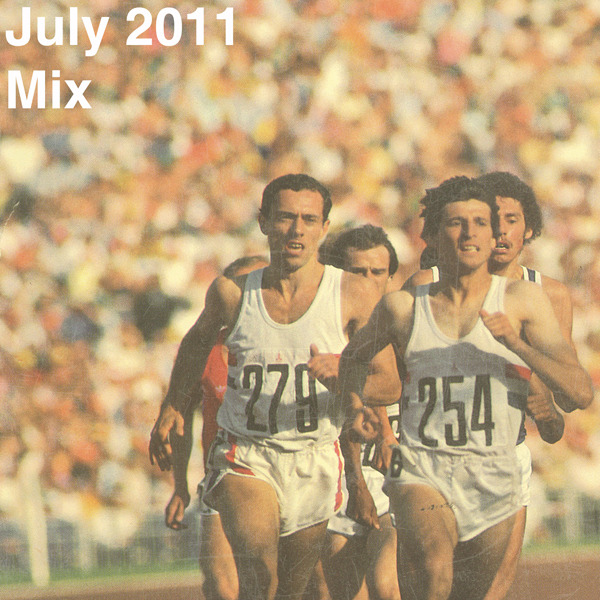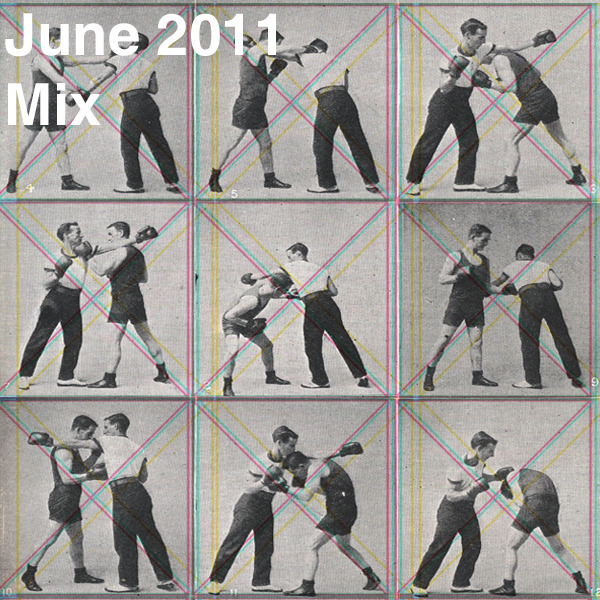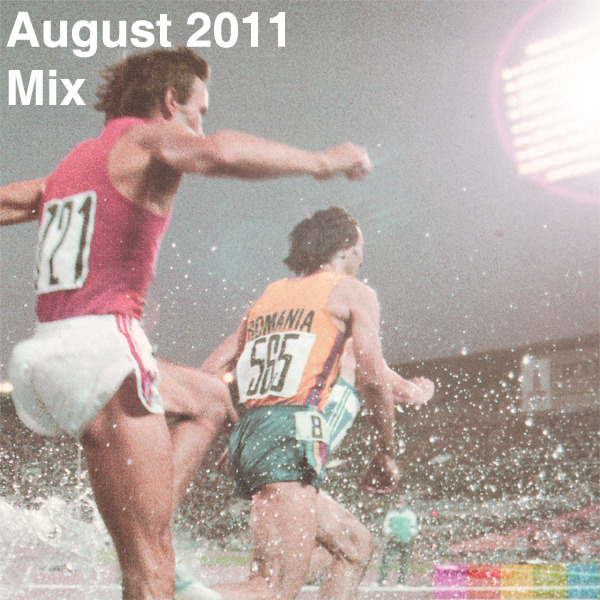Now that the Olympics are firmly
behinds us, and the Paralympics just moments away, it is worth looking back at
one of London 2012’s biggest, and earliest controversies, the logo and its
surrounding brand.
After a reported $800,000 investment,
Wolff Olnis’ design was unveiled in 2007, and the public responded with almost
unanimous derision. Media outlets across the globe reported variously on the
scorn:
The striking similarity to cartoon fellatio:
And the possibility of adverse
medical side-effects:
However, all this was
written a full five years before the identity would be brought to life across wide
range of media in the run up to, and during the Games. We should remember that
time can be a wonderful healer. What at first seemed confusing, difficult, abhorrent even, could, with the passage
of time, unfold and become clearer. Like a delicious fruit or fine wine,
certain designs need time to mature and ripen.

For any Londoner the
2012 Olympic brand became impossible to miss. From tickets to shops to Olympic
venues to City roads, to remote boroughs, the identity was everywhere to be
found. The purpose, according to locog,
was to create a brand environment that ‘extends across every aspect of the
Games, from spectator arrival into Heathrow all the way through to the colours
and designs of the seats in the venues.’ In this respect, the brand application
can’t be faulted. You could hardly step a foot anywhere in London without
seeing the jagged lines of that controversial font, the garish hues of that
divisive colour scheme, or the hard edges of that logo; there was no mistaking
which elements of signage around the city belonged to the Olympics.
The question remains,
has it grown on us? Last month the Guardian
asked a few experts in the business what their current thoughts were on the eve
of the games. Again, opinions were mixed at best, with most conceding that they
had grown accustomed to it. But I would like to highlight Dave Annetts’
(Creative Director, Design Bridge) view, as it best articulates my own: “it was
always my strong belief that it would grow on people – like an arranged
marriage. By September, we'll all love it!”. He goes on to say “It was designed
to be used in many different ways and in 2012 we'll really start to see this. A
good example of an identity being far more than "the logo".”
Sure the logo was
childish, inelegant, and brash but that what made it so perfect for the Games,
the Olympics are, after all, exactly that- games.
Games should be playful and juvenile, not austere and reverential. I don’t
think anyone could have anticipated how much the nation got swept up with an
undying, child-like enthusiasm for the events.
Hadley Freeman wrote a witty article on just how different Britain
became during the Games, ‘Welcome to Britain 2.0, everyone. It seems like an
awfully nice place.’ Gone was the disappointment. Gone was the antipathy. The
country was joyous, proud of itself, and excelling at sport like never before!
With all this happiness in the air, the 2012 identity captured the atmosphere
perfectly. Bright neon colours! A font that looks like it was designed by a
hand quivering with excitement! A logo so shameless it has to be happy! It is
decidedly non-corporate. Many other Olympic logos are so safe that they have an
air of corporate design about them, and with cynics all too quick to ridicule
the corporate underbelly of the Olympic Games, it’s no bad thing to have a logo
that’s appears a bit zany.
For a world at war,
and in dire economic straits, the Olympic fever that swept the nation reminded
us of what the Games can achieve for morale. They provided pure escapism. Day
in and day out we could watch the beautiful youth of today carve out exemptions
from physical laws and make a certain type of genius as carnally discernible as
it can ever be. The branding did not reflect the finesse and elegance of
world-class athletes in motion, nor was it supposed to. The Olympic identity
was there to appeal to the spectator, and it
matched that aggressive fervour and passion perfectly.









